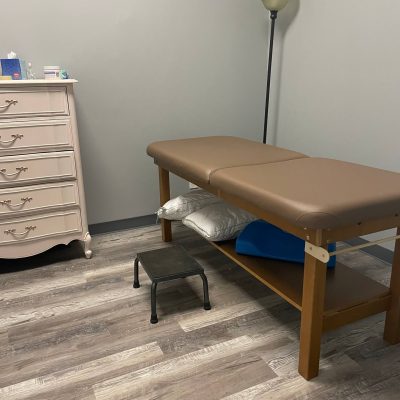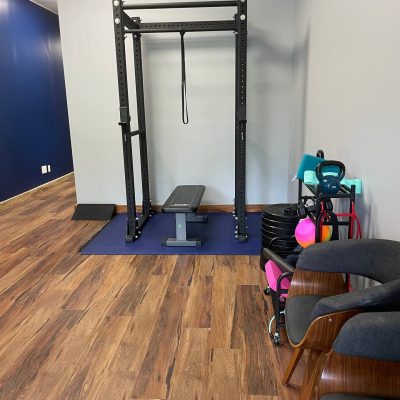Pelvic floor therapy is a type of physical therapy that focuses on strengthening the muscles in the pelvic floor region. The pelvic floor is a group of muscles and ligaments that support the pelvic organs, including the bladder, uterus, and rectum. When these muscles are weak, it can lead to a variety of health problems, including urinary incontinence, pelvic pain, and reduced core strength.
Core strength is an important aspect of overall physical health. It refers to the muscles in the abdomen, back, and pelvis that work together to provide stability and support to the body. A strong core can help improve posture, balance, and overall fitness. The pelvic floor and transverse abdominals are two groups of muscles that are closely connected and work together to provide support and stability to the body. The pelvic floor muscles are located at the bottom of the pelvis, while the transverse abdominals are located in the abdomen. The transverse abdominals are deep muscles that wrap around the abdomen like a corset. These muscles are responsible for supporting the lower back and pelvis, and they work together with the pelvic floor muscles to maintain stability and alignment of the pelvis. Pelvic floor therapy can help improve the connection between these muscles, leading to improved core strength and overall physical health.
When the pelvic floor muscles are weak, it can lead to a weakened connection with the transverse abdominals, which can affect core strength and stability. Pelvic floor therapy can help improve the connection between these muscles through a variety of exercises, including:
- Pelvic Floor muscle contraction and relaxation: By coordinating and strengthening the Pelvic Floor muscles, they become better able to work in tandem with the transverse abdominals to support the pelvis.
- Transverse abdominal exercises: Pelvic floor therapy should include exercises that focus on strengthening the transverse abdominals. These exercises can help improve the connection between these muscles and the pelvic floor.
- Breathing exercises: Breathing exercises can help improve the connection between the pelvic floor and transverse abdominals by promoting proper breathing patterns. These exercises can help strengthen both sets of muscles and improve overall core strength.
- Improving posture: A weak pelvic floor can contribute to poor posture, which can lead to back pain and other problems. Pelvic floor therapy can help improve posture by strengthening the muscles that support the spine and pelvis.
- Decreasing rib flare: Rib flare is often present in women following pregnancy (but can also be present in men!) and is indicative to external oblique weakness and internal oblique over-activity. A pelvic floor therapist can guide you in exercises to activate the external obliques and decrease rib flare for more optimal core contraction.
Overall, the connection between the pelvic floor and transverse abdominals is crucial for maintaining core strength and stability. Pelvic floor therapy can help improve this connection through a variety of exercises and techniques, leading to improved physical health and overall well-being. If you are experiencing symptoms of a weak pelvic floor or abdominal muscles, consider talking to your healthcare provider about pelvic floor therapy as a treatment option.







